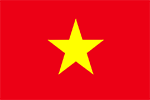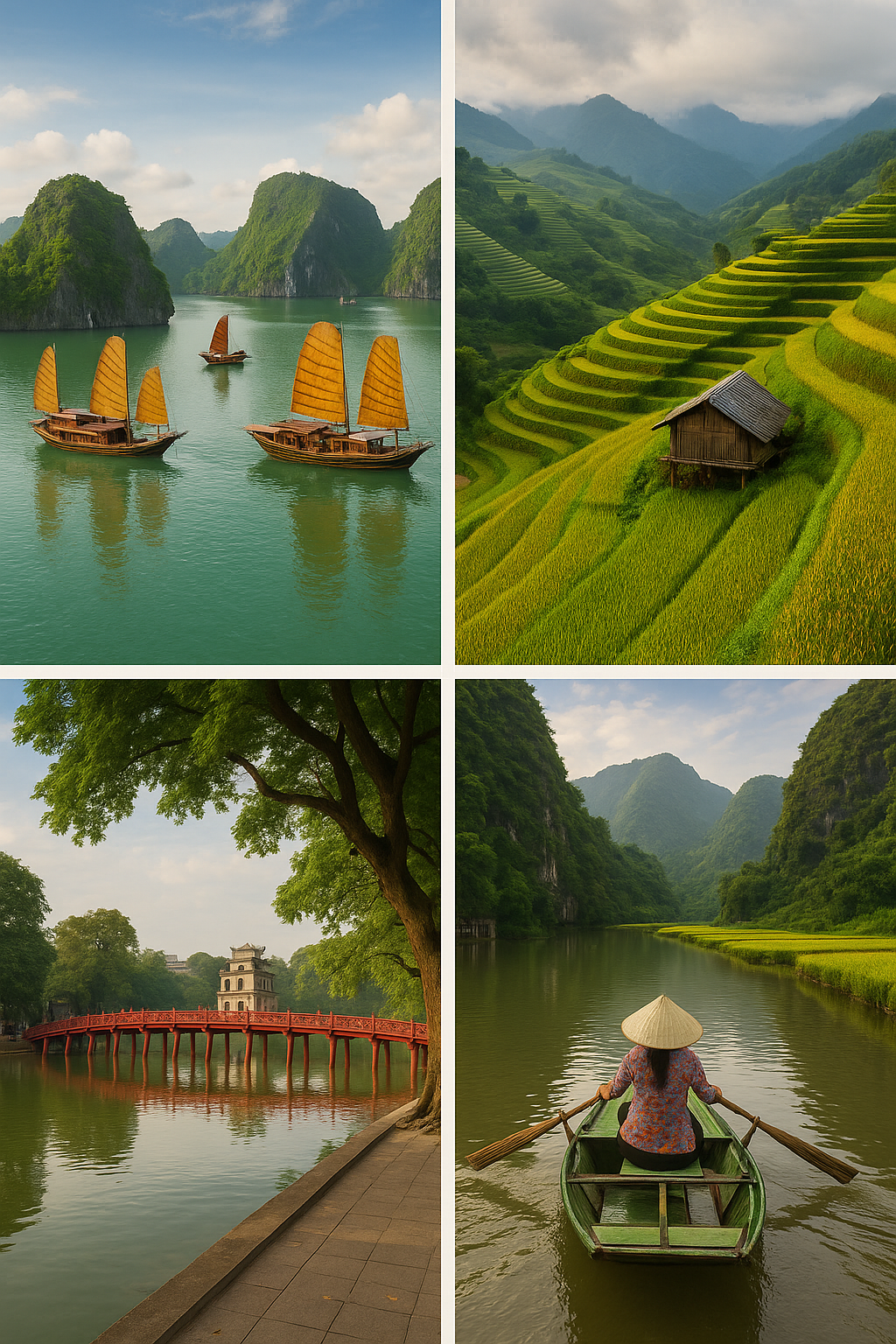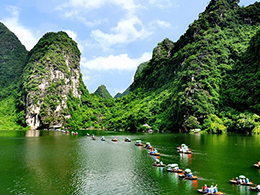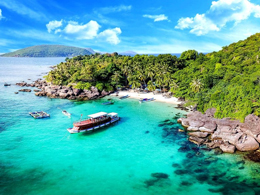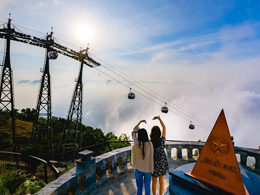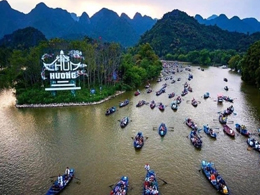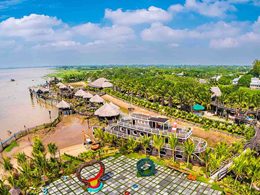
Thanh Hoa
Thanh Hóa – The Land of History and Nature
Overview
-
Location: North Central Coast of Vietnam, about 150 km south of Hanoi.
-
Size: One of the largest provinces in Vietnam.
-
Population: Over 3.6 million people.
-
Known as a land of rich history, cultural heritage, and natural beauty — often called “the land of talented people and sacred geography.”
Top Attractions in Thanh Hóa
1. Sầm Sơn Beach
-
One of the most famous beaches in northern Vietnam.
-
Long sandy shoreline with strong waves, perfect for summer vacations.
-
Nearby attractions: Trống Mái Rock, Độc Cước Temple, Cô Tiên Mountain.
2. Pù Luông Nature Reserve
-
Located in the western highlands of the province.
-
Known for its rice terraces, mountains, ethnic Thai and Muong villages.
-
Ideal for trekking, eco-tourism, and cultural experiences.
3. Hồ Dynasty Citadel (Thành Nhà Hồ)
-
A UNESCO World Heritage Site since 2011.
-
Ancient stone citadel built in 1397 under the Hồ dynasty.
-
Notable for its impressive stone architecture and historical value.
4. Cẩm Lương God Fish Stream
-
Home to thousands of sacred fish that locals do not catch or eat.
-
Surrounded by myths and spiritual significance.
5. Bến En National Park
-
Often dubbed the “Inland Ha Long Bay.”
-
Features a large freshwater lake with over 20 small islands.
-
Activities include boating, camping, and exploring the forest.
Local Cuisine
-
Nem Chua (fermented pork roll) – a famous specialty nationwide.
-
Shrimp patties (Chả tôm), Thanh Hóa steamed rice rolls, and Tứ Trụ black leaf cake (Bánh gai).
-
In the mountains: bitter leaf soup, mountain chicken, grilled stream fish.
How to Get to Thanh Hóa
-
From Hanoi:
-
By bus: 3–4 hours.
-
By train: Several daily trains to Thanh Hóa station.
-
By car: Via National Route 1A or the Ninh Bình – Thanh Hóa Expressway.
-
-
From Ho Chi Minh City or the South:
-
Fly to Tho Xuan Airport (Thanh Hóa) and then travel ~45 km to the city.
-
Where to Stay
-
Thanh Hóa City: Mid-range and upscale hotels.
-
Sầm Sơn Beach: Seaside resorts, hotels, and guesthouses.
-
Pù Luông: Homestays, eco-lodges, and stilt houses with mountain views.
Best Time to Visit
-
Sầm Sơn Beach: May to August – sunny and warm for swimming.
-
Pù Luông and highlands: March to May & September to November – pleasant weather, green rice fields.
-
Avoid flood season: Late September to early November in some areas.


